Today marks the official release of iOS 9, Apple’s newest operating system upgrade for its mobile devices. Along with it comes the much hyped mobile ad-blockers. TechCrunch tested three new content blockers for iOS 9 – 1Blocker, Blockr and Crystal. Popular desktop ad-blocker AdBlock Plus will also introduce an ad-blocking extension following iOS 9’s debut. So far, the ad industry appears to be somewhere between unconcerned and challenged, while most digital publishers seem to see this as a “frightening reckoning” and “potential nightmare.”
It is important to note that Apple is only adding support for content filtering extensions for Safari which must be downloaded and installed. Therefore they are not a system-wide feature that users can simply switch on to block all digital display ads with a simple swipe in settings. Instead, users seeking to block ads on their mobile browsers will have to install a third-party app, and jump through several steps in order to get it to work with Safari. While the process varies from app to app after downloading, generally users need to then enable content blocking extensions in Settings –> Safari –> Content Blockers, before returning to the app to customize the configurations. This process is akin to installing a third-party keyboard, and it can seem rather complicated for non-power users.
That being said, the well-documented, wide-ranging benefits that those ad-blocking extensions can bring to mobile browsing experience will likely motivate a significant portion of users to jump through hoops to set up the extensions. With the popularization of pop-ups, interstitials, and autoplay videos, digital display ads on websites have only grown aggressive over the past few years. Usage of the new content filters will only accelerate the ongoing shift towards native advertising and publishing directly to social networks and platforms that can help monetize content without the use of third-party ad networks. Moreover, as the extensions only work with Safari, all the ads served in apps, where users spends over 85% of their time on mobile devices, won’t be affected at all.
For more actionable suggestions on how brands can deal with the rise of ad-blockers, click here to read our in-depth Fast Forward analysis on this buzzing subject matter.
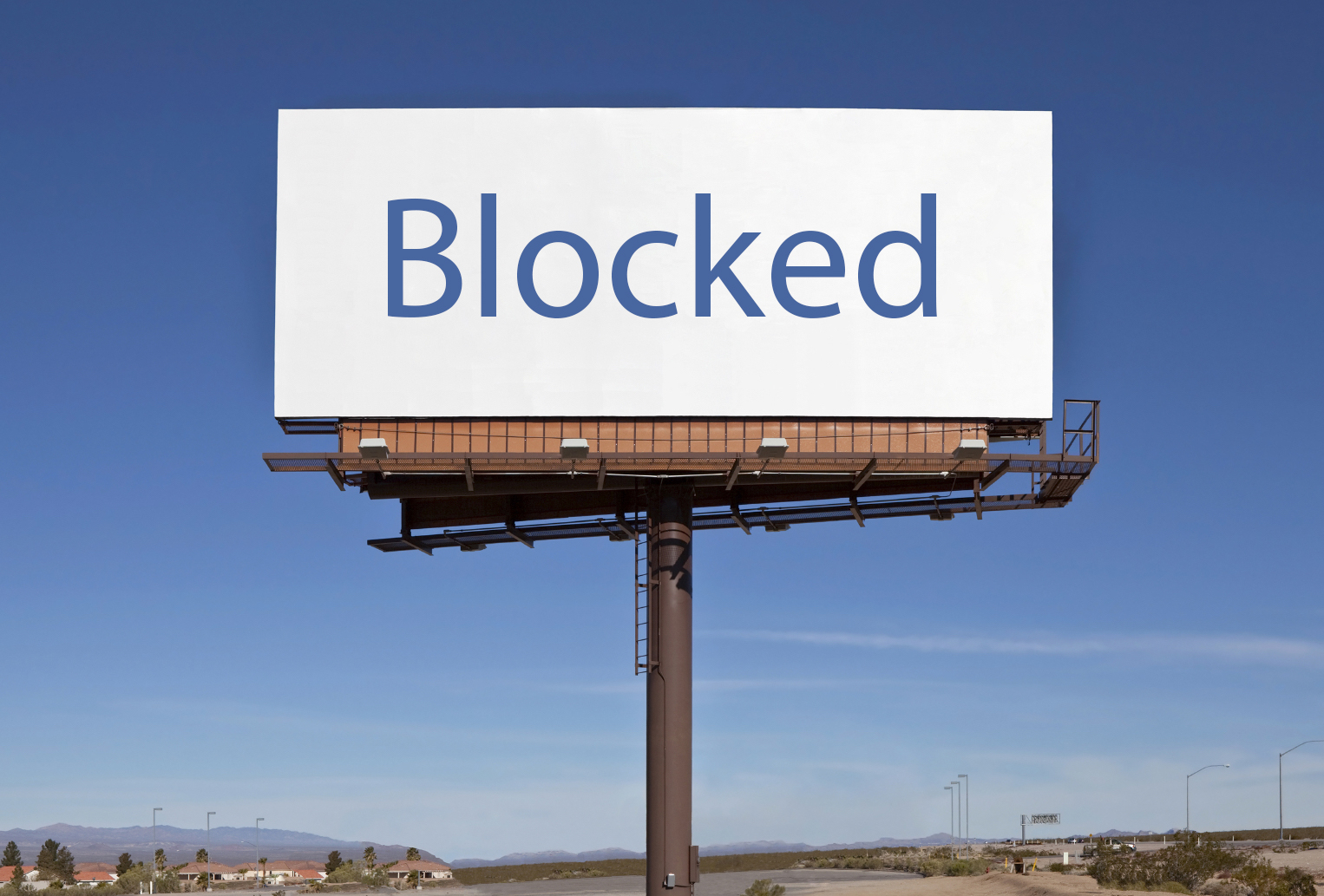
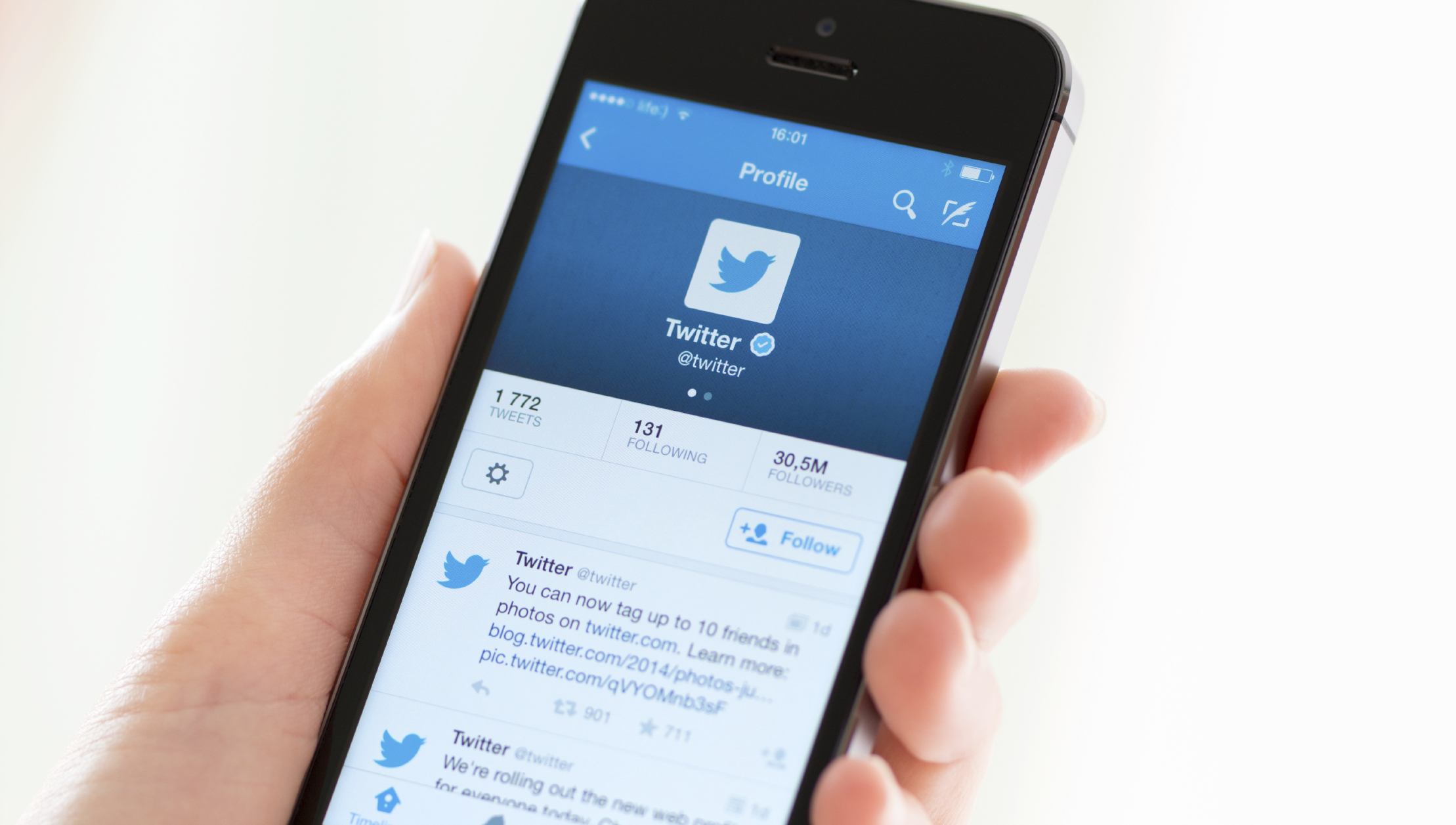
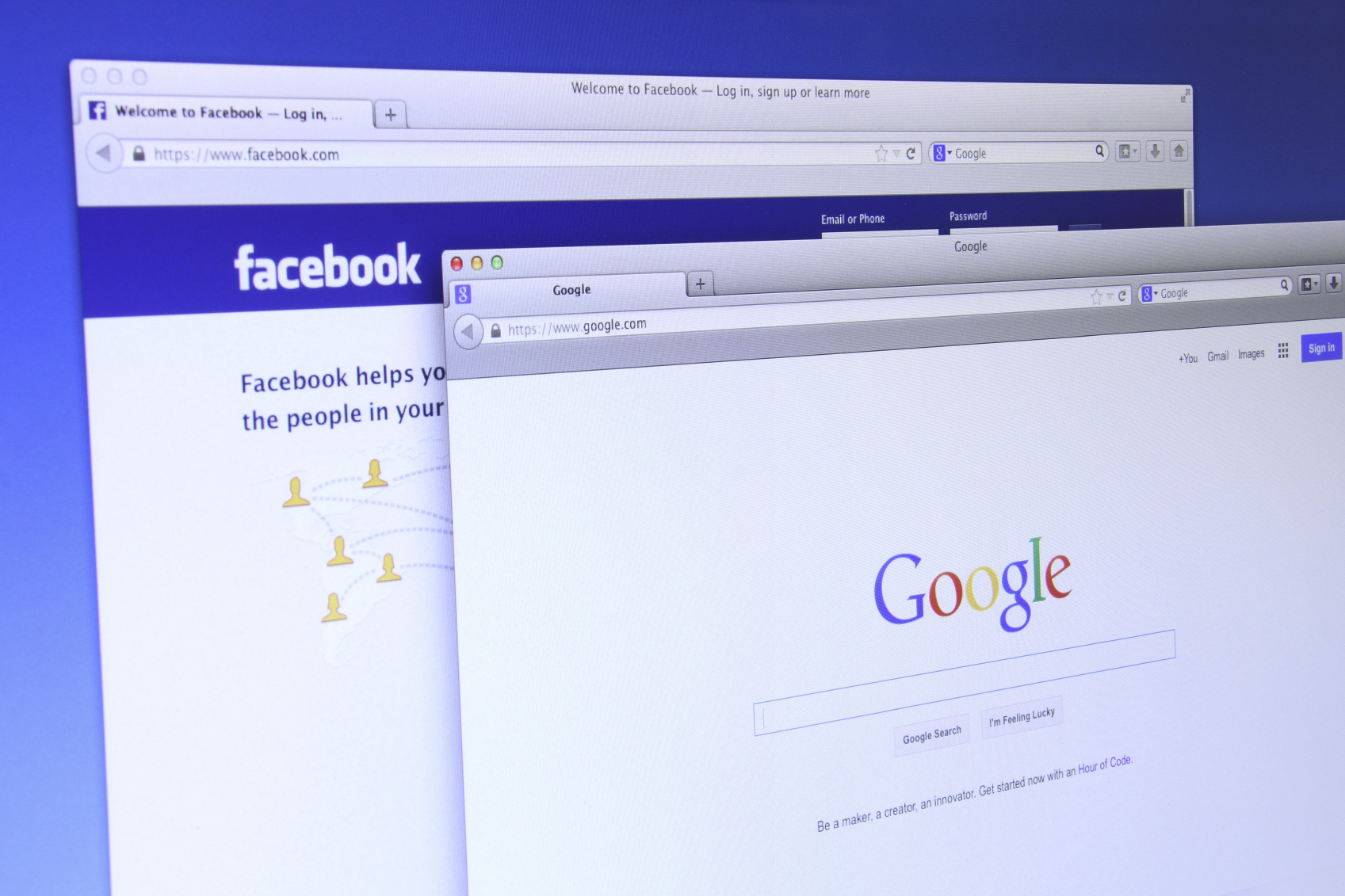
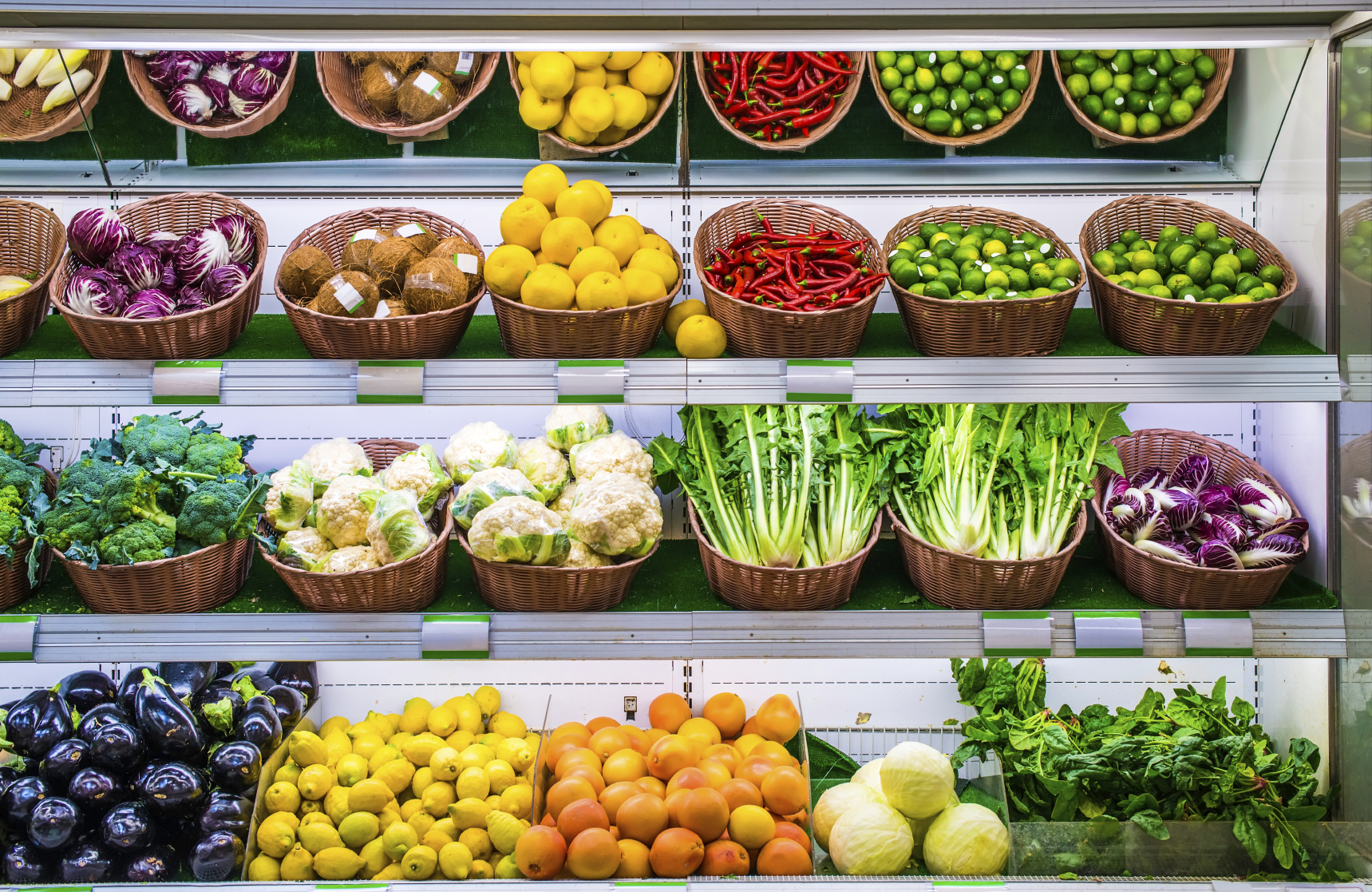

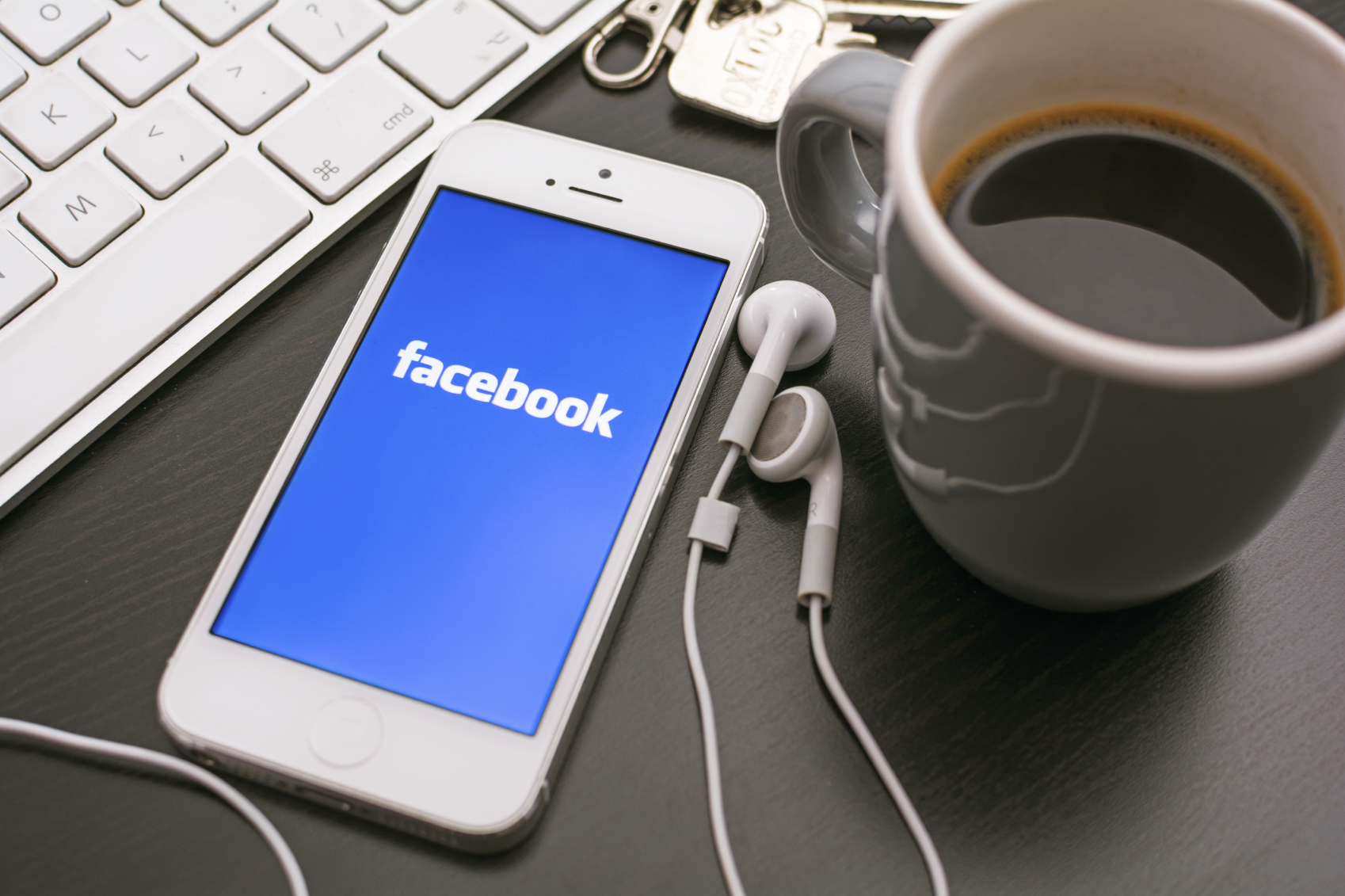
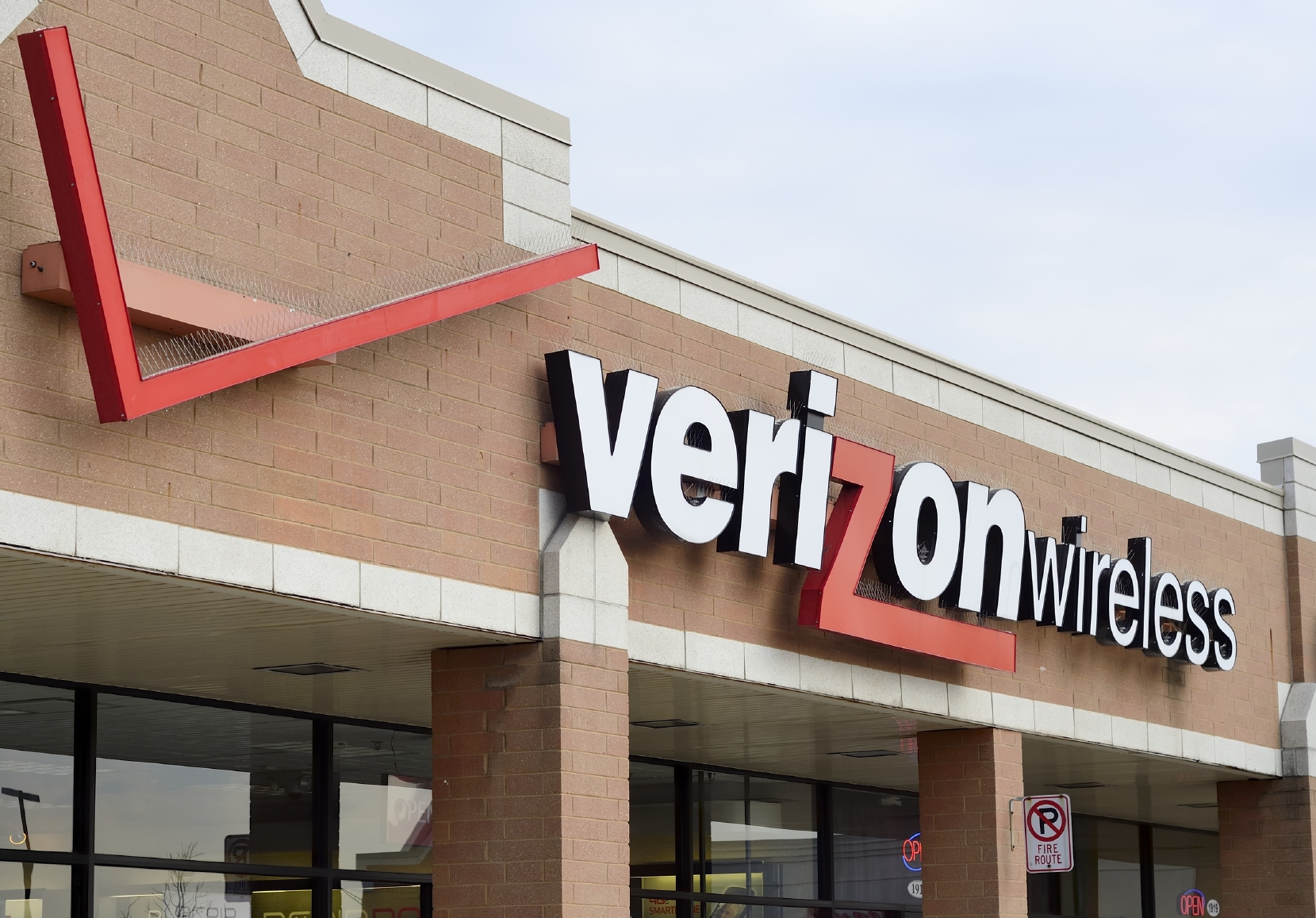
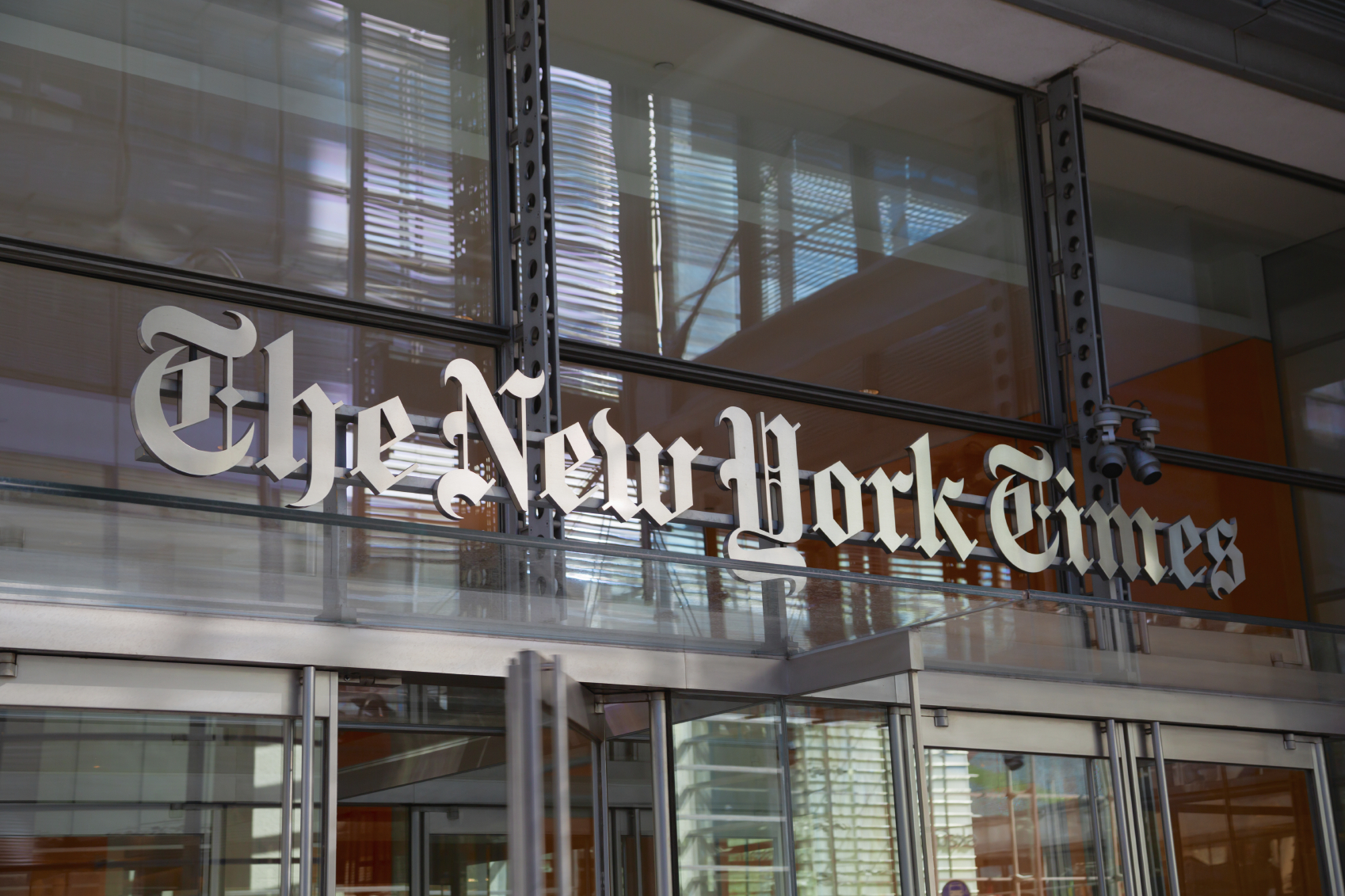
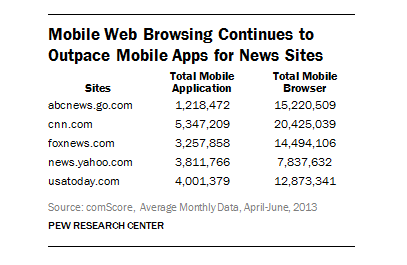
 As a recovering journalist, I have watched with consternation and dismay the battles newspapers and magazines are undergoing. It is a painful time for traditional news media, particularly print media. And with
As a recovering journalist, I have watched with consternation and dismay the battles newspapers and magazines are undergoing. It is a painful time for traditional news media, particularly print media. And with 